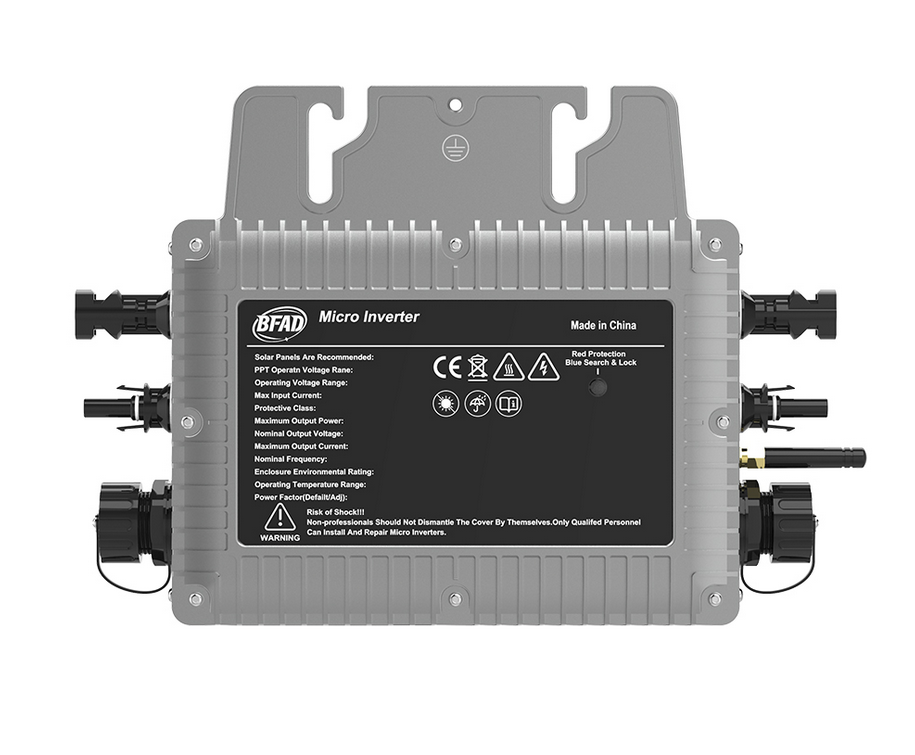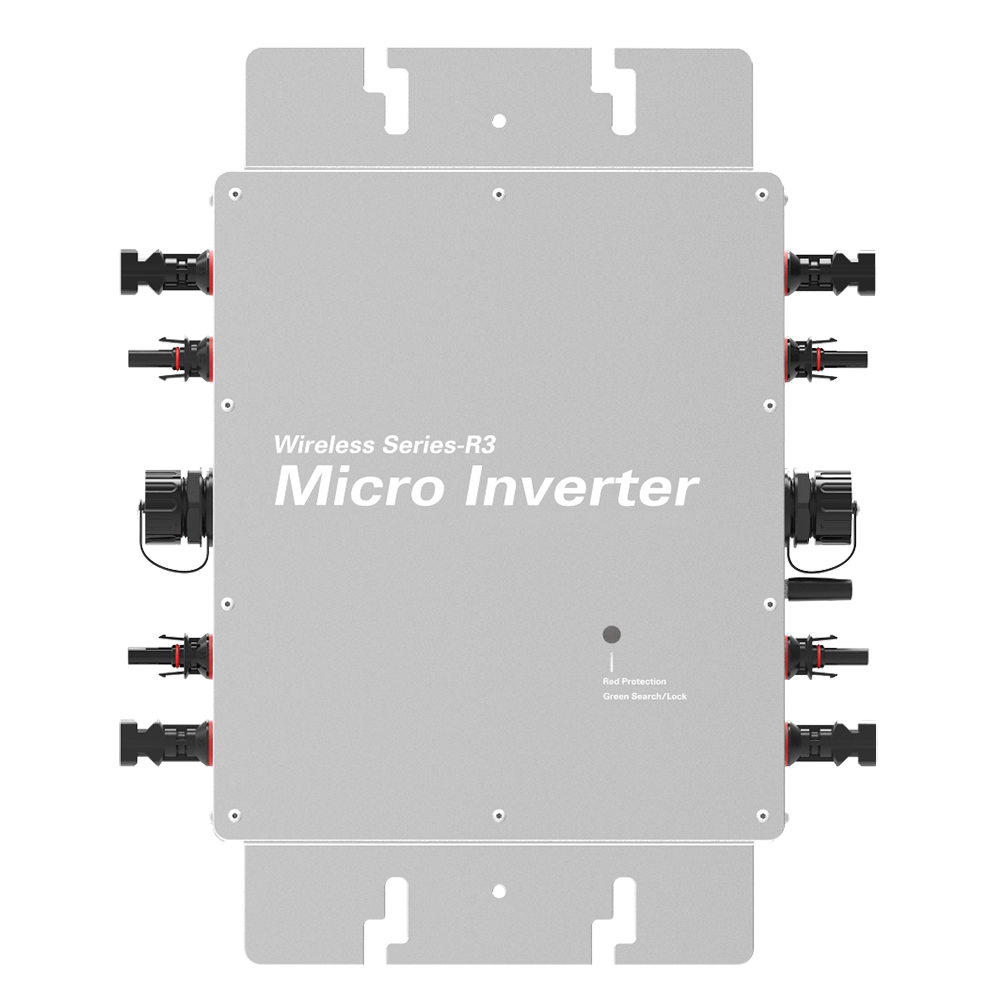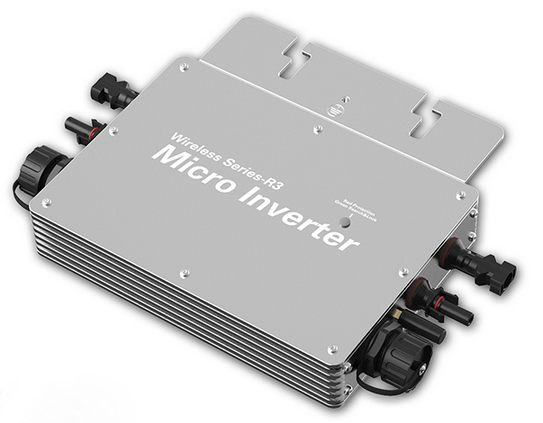Inverter is a kind of electronic device that can convert direct current into alternating current, which is widely used in solar power generation, wind power generation, electric vehicles and other fields. Inverter output voltage waveform can be divided into square wave, sine wave and quasi-sine wave three types, there are obvious differences between them.

Square wave
A square wave is an alternating current whose waveform is a rectangular pulse, and its waveform is characterized by the signal waveform maintaining a constant amplitude for a period of time in each cycle, and then suddenly changing into another signal with a fixed amplitude. Square wave has a high frequency and can transmit a large amount of information, which is suitable for digital signal processing. However, the harmonic content of square wave is high, which will cause interference to the equipment.
Sine wave waveform
Sine wave waveform is the most basic alternating current waveform, and the periodic waveform of sine wave presents a continuous sine curve. Sine wave waveform is subversive, because almost all equipment can adapt to this waveform, and its wave performance is very good, and it has a great role in the stable operation of the equipment.
Quasi-sine wave waveform
The quasi-sine wave waveform is between a square wave and a sine wave. A quasi-sine wave waveform is one that is close to a sine wave, but there may be a small number of discontinuities at the peaks and troughs of each cycle. Quasi-sine wave waveform is better in reducing harmonic content than wave, and it is also suitable for equipment requiring high waveform smoothness.
To sum up, square wave, sine wave and quasi-sine wave are the three main waveform types of inverter output, and selecting the appropriate waveform in different application scenarios can better meet the needs of the equipment. Square wave is suitable for digital signal processing, sinusoidal wave is suitable for general equipment, and quasi-sinusoidal wave can effectively reduce harmonic content while ensuring the smoothness of waveform, which is a compromise choice. In practical applications, the appropriate waveform can be selected according to the needs and performance requirements of the equipment to ensure the stable operation and efficient work of the equipment.



